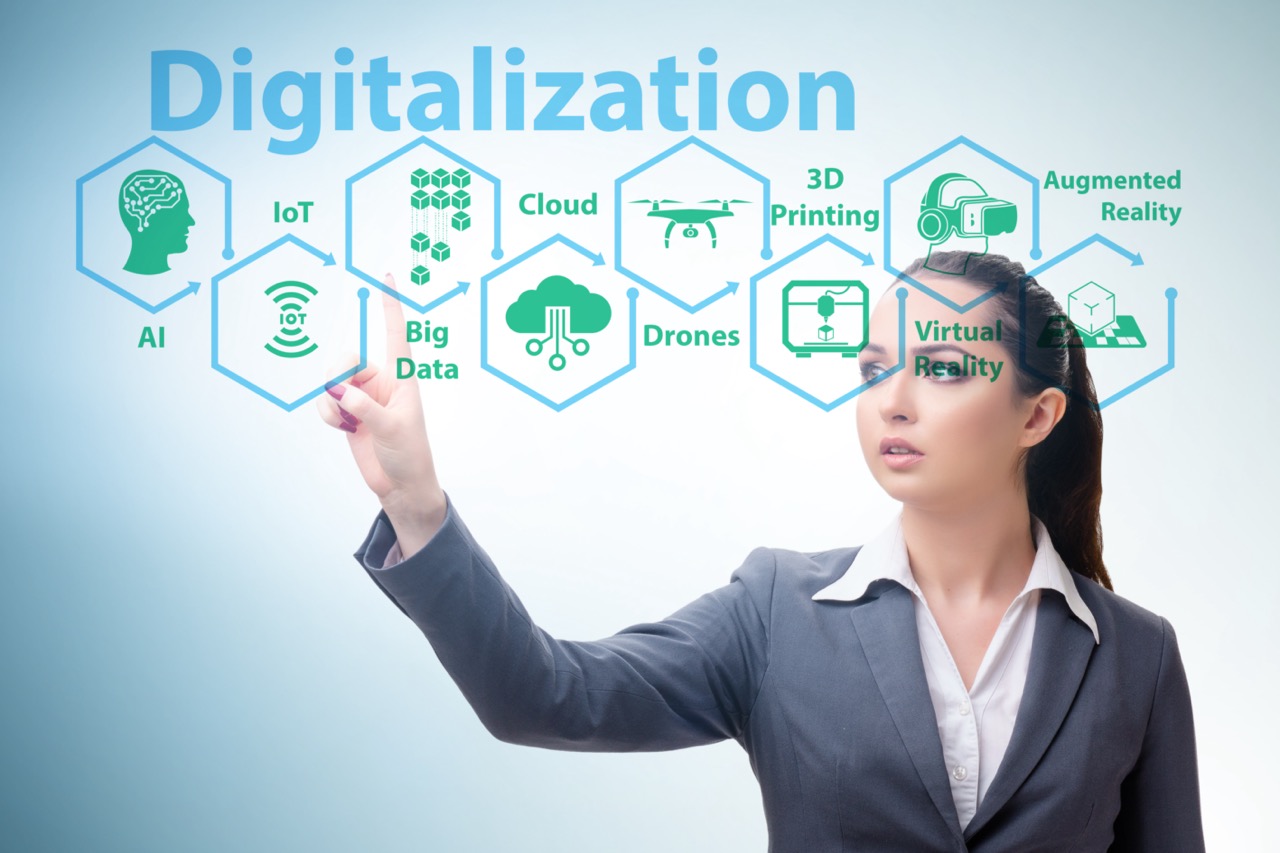Electric Ecosystem and Integrations
An electrical ecosystem is a network of interconnected electrical assets and systems that work together to produce, distribute, and consume electricity. As the complexity of electrical ecosystems increases, there is a growing need for software solutions that can help to manage and optimize these systems. Software solutions for electrical ecosystems can help to automate tasks such as energy management, asset monitoring, and predictive maintenance, making it easier to manage large and complex electrical systems.
The Internet of Things (IoT) has rapidly transformed the way we interact with technology, connecting devices and systems in a seamless and integrated manner. In the context of electricity consumption, IoT ecosystems can help to optimize energy use, reduce waste, and improve overall efficiency. However, to fully realize these benefits, it is essential to establish standards and promote interoperability between different systems and devices.

IoT ecosystems in the context of electricity consumption can encompass a wide range of devices, from smart appliances and energy management systems to sensors and meters that collect data on energy usage. By connecting these devices to the internet and to each other, they can communicate and exchange data in real-time, allowing for more informed decision-making and more efficient use of energy.
One key challenge in building IoT ecosystems for electricity consumption is the lack of standardization across different devices and systems. Without common protocols and interfaces, it can be difficult to integrate devices from different manufacturers or to ensure interoperability between different systems. This can lead to siloed data and limited functionality, undermining the potential benefits of IoT in this context.
To address this challenge, industry groups and standards organizations have developed a range of standards and protocols for IoT devices in the energy sector. For example, the OpenADR standard provides a framework for automated demand response, allowing utilities to dynamically adjust energy usage in response to grid conditions. Similarly, the Zigbee protocol provides a common language for IoT devices, enabling interoperability between devices from different manufacturers.
Establishing standards, promoting interoperability also requires developing platforms and interfaces that can integrate different systems and devices. This can involve creating open APIs and software development kits (SDKs) that allow developers to build applications that can interact with multiple devices and systems. It can also involve developing middleware solutions that can translate between different protocols and interfaces, enabling devices to communicate with each other even if they use different standards.
With standards and promoting interoperability, IoT ecosystems have the potential to transform the way we consume electricity, enabling more efficient and sustainable use of energy. However, achieving this potential will require ongoing collaboration and investment from industry players, governments, and standards organizations to ensure that these ecosystems are built in a way that maximizes their benefits for all stakeholders.

Buildlink BMC simplifies electricity consumption measurement and management through a hybrid Software-as-a-Service (SaaS) platform with innovative submetering measurement unit. Modern solution help companies to discover energy consumption and cost saving opportunities that will improve their businesses performance.
Learn more